In the dynamic landscape of industrial materials, PP staple fibers (Polypropylene Staple Fibers) have emerged as a game - changer, adapting and thriving amidst the week's global industry hotspots. As technology hurtles forward and market demands evolve, these fibers continue to carve out a significant niche across a multitude of sectors.
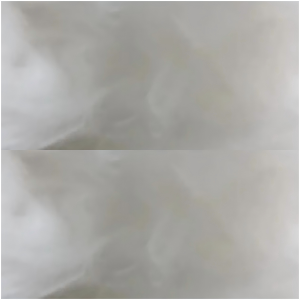
1. Current Global Industry Context
This week, the global push for sustainable and high-performance materials has dominated industry focus. Industries like construction and automotive face pressure to cut environmental impact while boosting durability and efficiency. In construction, green building practices are gaining traction, with new regulations incentivizing eco-friendly materials that endure harsh conditions. The automotive sector prioritizes vehicle lightweighting for fuel efficiency and emission standards, without compromising safety.
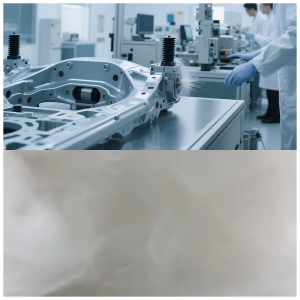
2. PP Staple Fibers: A Versatile Solution
PP staple fibers, with their unique properties, are perfectly positioned to address industry needs. Their excellent strength and toughness make them ideal for reinforcement, while lightweight characteristics benefit automotive lightweighting for better mileage. In construction, mixing with concrete enhances crack resistance—unlike steel fibers, they don’t corrode, ensuring long-term durability that aligns with green building trends for low-maintenance, long-lifespan materials.
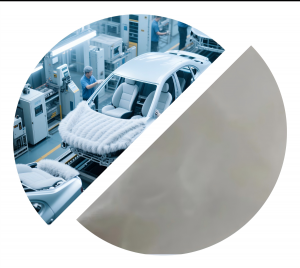
The wear - resistance of PP staple fibers is also a key advantage. In industries such as textiles for industrial use, like in the production of geotextiles for road construction, these fibers can withstand the abrasion from heavy traffic and environmental factors. Geotextiles made with PP staple fibers help in soil stabilization, preventing erosion and improving the overall integrity of roadbeds. This not only extends the life of roads but also reduces the need for frequent repairs, saving both costs and resources in the long run.
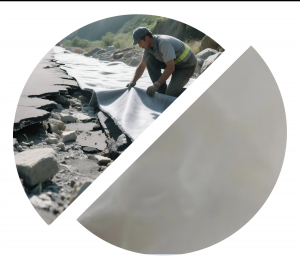
3. Technological Advancements and Market Adoption
Technological progress has been a driving force behind the wider adoption of PP staple fibers. New manufacturing techniques have enabled the production of fibers with even more refined properties. For instance, advancements in extrusion and drawing processes have resulted in fibers with enhanced uniformity in diameter and strength. This precision allows for more consistent performance in end - products, whether it's in the manufacturing of high - quality non - woven fabrics for medical applications or in the production of durable filters for industrial waste treatment.
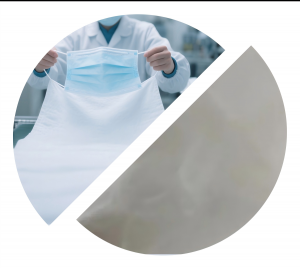
The medical industry has also been exploring the use of PP staple fibers. In the production of surgical gowns and masks, the fibers' strength and non - toxic nature make them a viable option. With the ongoing focus on healthcare preparedness globally, the demand for reliable and safe medical textiles has spurred further research into optimizing PP staple fibers for these applications. Their heat resistance ensures that they can withstand sterilization processes without degrading, a crucial factor in medical settings.
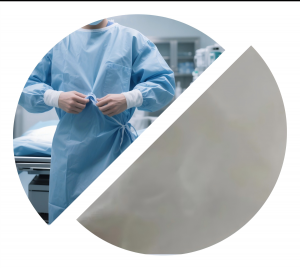
4. Environmental Sustainability Angle
One of the most compelling aspects of PP staple fibers in the current industry climate is their environmental sustainability. Polypropylene is a recyclable material, and efforts are underway to increase the recycling rate of PP products containing these fibers. In a world increasingly concerned with plastic waste, the ability to recycle PP staple fibers into new products reduces the environmental impact. For example, in the textile industry, post - consumer PP fibers can be recycled into new carpets or industrial fabrics, creating a circular economy model.
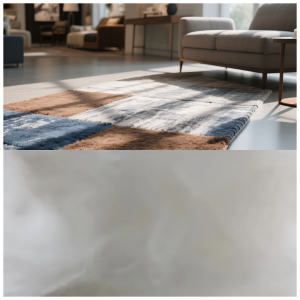
Moreover, the production process of PP staple fibers has been becoming more energy - efficient. Manufacturers are investing in new technologies to reduce energy consumption during extrusion and other manufacturing steps. This not only lowers the carbon footprint of the fibers but also makes them a more cost - effective option for industries looking to cut down on production costs while meeting sustainability goals.
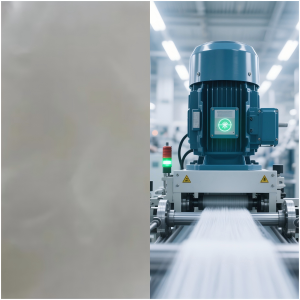
5. Market Trends and Future Outlook
The market for PP staple fibers is witnessing robust growth. In emerging economies, rapid industrialization and infrastructure development are fueling the demand. Countries in Asia and Africa are investing heavily in building new roads, bridges, and housing, all of which can benefit from the use of PP staple fibers in construction materials. The automotive industry in these regions is also expanding, driven by rising middle - class incomes and urbanization, further boosting the need for lightweight and durable materials like PP staple fibers.
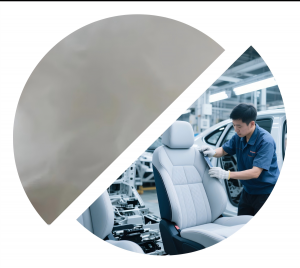
Looking ahead, the future of PP staple fibers seems promising. As research continues, we can expect to see even more innovative applications. For example, in the field of smart textiles, PP staple fibers could be integrated with sensors to create fabrics that can monitor environmental conditions or human health. In the packaging industry, their strength and lightweight properties could lead to the development of more sustainable and efficient packaging solutions, replacing traditional materials that are either less durable or more harmful to the environment.
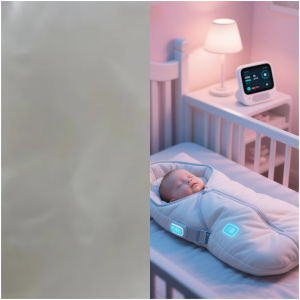
In conclusion, PP staple fibers are not just keeping pace with the week's global industry trends but are actively shaping the future of multiple sectors. Their unique combination of strength, durability, lightweight nature, and environmental sustainability makes them a material of choice in an era where industries are striving for efficiency, sustainability, and innovation. As technology continues to advance and market demands evolve, PP staple fibers will undoubtedly remain at the forefront of industrial material innovation, driving positive change across a wide range of applications.
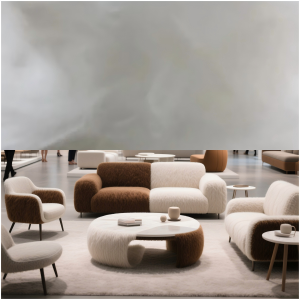
For further information about our PP staple fibers or to discuss potential collaborations, please contact our sales team at [email protected] or visit our website at https://www.xmdxlfiber.com/.
Post time: Jun-11-2025




